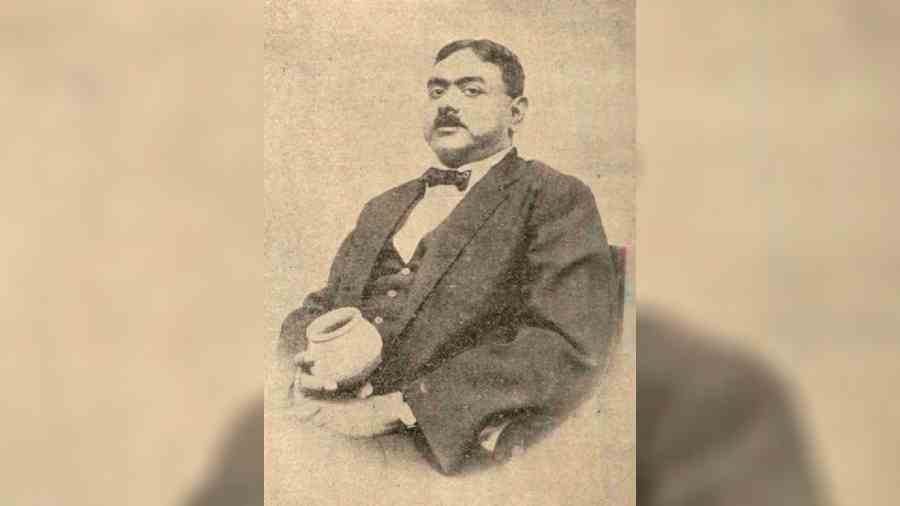Archaeologist and historian Rakhaldas Bandyopadhyay, most remembered for discovering Mohenjo-Daro, was born on this day. An eminent scholar, Bandyopadhyay was employed as an officer of Archaeological Survey of India (ASI) when he was directed to survey the site of Mohenjo-Daro in 1919. He had studied history at Presidency College.
During the excavation, Bandyopadhyay felt he had discovered, on the basis of seals and other artefacts that he had found, a settlement that belonged to a civilisation much older than the Buddhist stupa that had led to the excavation. Later Mohenjo-Daro, along with Harappa, came to be accepted as a major site of the Indus Valley Civilisation.
The discovery of the city of Mohenjo-Daro, made of fired brick, and laid out with paved streets, drains and a large bath in the centre, led to the further excavation of a lot of artefacts, including the famous figures of the dancing girl and the priest-king. Many seals were discovered.
John Marshall, ASI director-general at the time of the discovery of Mohenjo-Daro, wrote: “Three other scholars whose names I cannot pass over in silence, are the late Mr. R.D. Banerji, to whom belongs the credit of having discovered, if not Mohenjo-daro itself, at any rate its high antiquity, and his immediate successors in the task of excavation, Messrs. M.S. Vats and K.N. Dikshit…” Many have questioned Marshall’s statement, saying it denied Bandyopadhyay the credit that he deserved.
Bandyopadhyay made other significant contributions to the study of history. After leaving the ASI, he taught at Calcutta University and then at Banaras Hindu University, where he worked till his death in 1930, when he was only 45. He wrote The Origin of the Bengali Script, an important work that was published in 1919 and received the Jubilee Research Prize of the Calcutta University.
He drew attention to the “proto-Bengali” script. His other major work includes his study of medieval Indian coins and art.
He wrote several historical novels.
